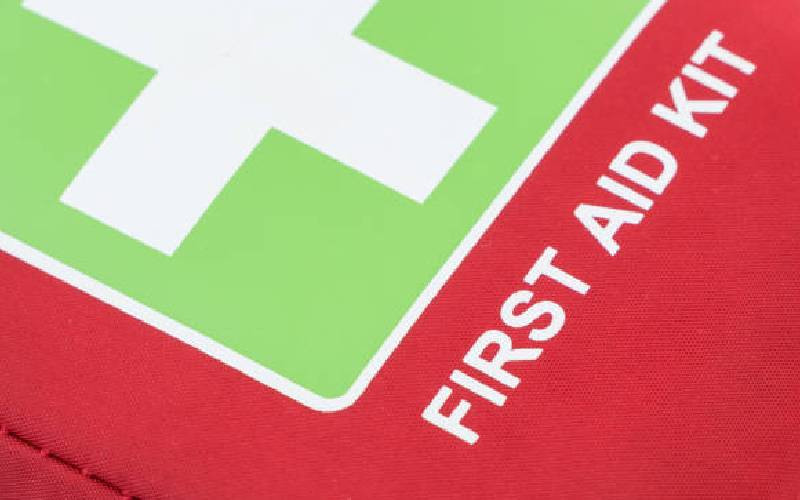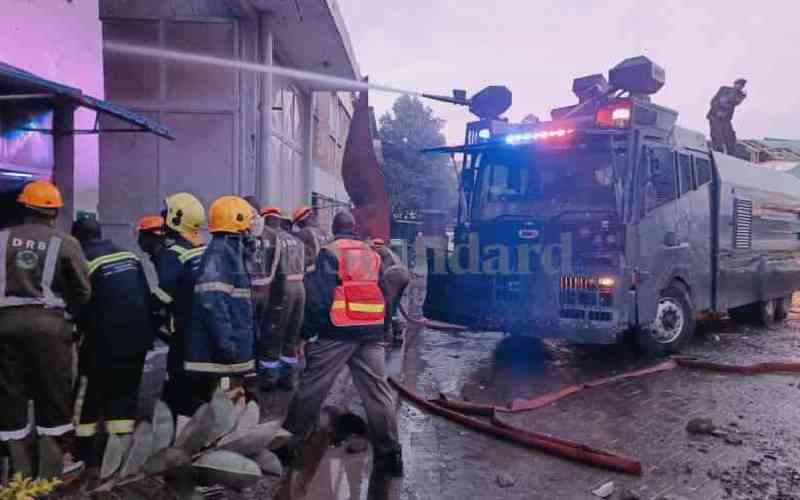The measures in place to prepare for or reduce effects of disasters, often define disaster preparedness of any government. The measures involve prediction and, where possible, prevention of disasters, mitigation of their impact on vulnerable populations and response to and effectively cope with their consequences, at local, national and international levels.
Well-coordinated measures essentially involve reducing vulnerability of households and communities in disaster-prone areas and improving their ability to cope with the effects of disasters; strengthening the capacities of national institutions involved in disaster preparedness, management and post-disaster responses.
Effective measures had better include sharpening resilience levels of communities to empower them with techniques of “bouncing back” from difficult experiences and adapting well in the face of adversity, trauma, tragedy, threats or significant sources of stress — such as disasters.
Determining roles and mandate of various government and private sector agencies in national disaster plans and establishing networks that run to the grassroots will strengthen the multi-prong approaches in disaster preparedness and response nationally.
There is always ample time and opportunity to design effective, realistic and coordinated planning, with reduced duplication of efforts and increase in the overall effectiveness of disaster preparedness by national and county governments.
These interventions can help minimise the impact of disasters on communities and result in saving more lives and safeguarding livelihoods.
However, experience has shown that the Kenyan situation always comes like emergencies, with interventions from a few private sector agencies and strategic state departments and ministries swinging into action when the situation is already a grave matter. It is possible to harness resources and utilise plans to manage disasters to avert possibilities of them developing into a crisis. This would save on resources and to a great extent, lives.
Whereas it is crystal clear that disaster preparedness should be a continuous and integrated process resulting from a wide range of risk reduction activities and resources rather than from a distinct sectoral activity, the government has always slept on the job, exposing unsuspecting citizens to grave danger.
Disaster preparedness and management is complex and requires contributions of many players that the government has access and direct influence over. It requires regular training and logistics. Issues pertaining to health care, recovery, livelihood and institutional development are key in developing an effective plan.
We’ve always read headlines in the media and even witnessed floods causing havoc in Nyando, Tana River, Karachuonyo, Migori, Budalang’i and recently Turkana. Kenyans have not forgotten the many Likoni Ferry disasters, landslide in West Pokot, desert locust invasion in Northern Kenya and now in parts of Eastern region despite timely warning from credible institutions.HIV/Aids and cancer pandemics have already reared their ugly faces among Kenya’s population, exerting undue pressure on the economy as they ravage young-energetic populations and gobble colossal sums of money in search of medication abroad.
Already, Kenya is staring blankly at the outbreak of a mysterious medical condition in China – the Coronavirus that has claimed many lives. Unless adequate measures to avert possible crisis in Nairobi resulting from a spillover of the Chinese epidemic outbreak are put in place, the situation could snowball into a disaster. We also had the tragedy at Kakamega Primary School where 14 pupils died at a stampede.
Disaster preparedness is achieved partially through readiness measures that expedite disaster response, rehabilitation and recovery and result in rapid, timely and targeted assistance. It is also achieved through community-based approaches and activities that build capacities of people and communities to cope with and minimise the effects of a disaster.
-The writer is a communications expert in Nairobi.
 The Standard Group Plc is a
multi-media organization with investments in media platforms spanning newspaper
print operations, television, radio broadcasting, digital and online services. The
Standard Group is recognized as a leading multi-media house in Kenya with a key
influence in matters of national and international interest.
The Standard Group Plc is a
multi-media organization with investments in media platforms spanning newspaper
print operations, television, radio broadcasting, digital and online services. The
Standard Group is recognized as a leading multi-media house in Kenya with a key
influence in matters of national and international interest.
 The Standard Group Plc is a
multi-media organization with investments in media platforms spanning newspaper
print operations, television, radio broadcasting, digital and online services. The
Standard Group is recognized as a leading multi-media house in Kenya with a key
influence in matters of national and international interest.
The Standard Group Plc is a
multi-media organization with investments in media platforms spanning newspaper
print operations, television, radio broadcasting, digital and online services. The
Standard Group is recognized as a leading multi-media house in Kenya with a key
influence in matters of national and international interest.








